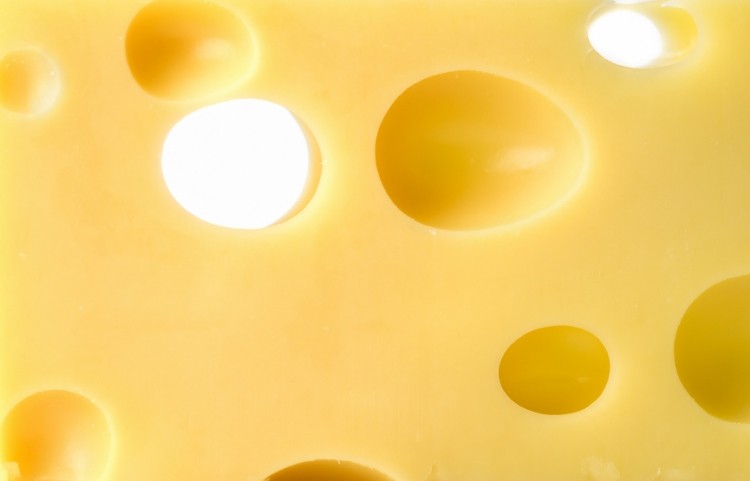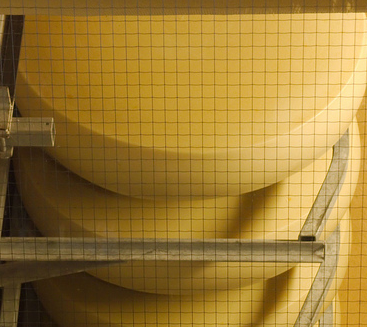Mystery of disappearing Swiss cheese holes solved! There's not enough hay, says study

Researchers from Agroscope, the Swiss Federal Laboratory for Material Science and Technology (EMPA) and Lucerne University claim to have blown a hole in the century-old belief that carbon dioxide produced by bacteria is the cause of the eyes in Emmental and Appenzell.
They hypothesized that hay particles could act as a "highly effective eye nuclei and induce the formation of eyes in cheese."
To test this theory, eight experimental Emmental cheese were produced using microfiltrated milk. Powdered hay was added to all but one at levels of between 0.0625mg and 4mg.
In their study, Mechanism and control of eye formation in cheese, the researchers wrote that the relationship between higher amounts of hay powder and eyes was "highly significant."
"The results of the present study clearly show that trace amounts of hay powder in microfiltrated milk induce eye formation during cheese ripening," it concluded.
"It is likely that trace amounts of hay dust entering in raw milk have always been the natural source of eye nuclei, triggering the start of eye formation in cheese. Therefore, the applied addition of traces of hay powder represents a controlled use of a naturally occurring phenomenon, as opposed to an artificial 'seeding' of eyes."
"These findings highlight the competing interests of hygienic milk production and the need to contaminate milk with solid microparticles to induce eye formation," it said.
"Missing cheese eyes"
These findings, published in the International Dairy Journal, "highlight the competing interests" of hygienic milk production - boosted in the last few decades by "important technological improvements" - and the need to contaminate with solid microparticles.
"Traditional milking in the stable with milk buckets has been replaced with closed and automated milking systems in separated areas," the study said. "This, along with the application of fine-pored filters in milking systems, has resulted in a drastic reduction of solid microparticles in raw milk."
It comes as no surprise, it said, that traditional Emmental cheese makers are "increasingly facing the problem of missing cheese eyes in their production."
"The findings of this study may help to overcome the problem of a too-spare openness. Moreover, the dilemma of requiring hygienic milk production that not only reduces microbiological contaminations but also lowers the entry of solid microparticles (as eyes nuclei) into the cheese milk are addressed," it added.
Emmentaler Switzerland, which represents the interests of milk producers, manufacturers and distributors in the Emmental sector, was not available to comment on the Swiss findings.
Source: International Dairy Journal http://dx.doi.org/10.1016/j.idairyj.2015.03.001
Title: Mechanism and control of eye formation in cheese
Authors: D Guggisberg, P Schuetz, H Winkler, R Amrein, E Jakob, MT Frohlich-Wyder, S Irmler, W Bisig, I Jerjen, M Plamondon, J Hofmann, A Flisch, D Wechsler








